Photosynthesis for Kids
Photosynthesis Worksheet and Game
Teach the concept of photosynthesis for kids in 4th to 8th grade with the molecules and photosynthesis worksheet.
Free Download Below
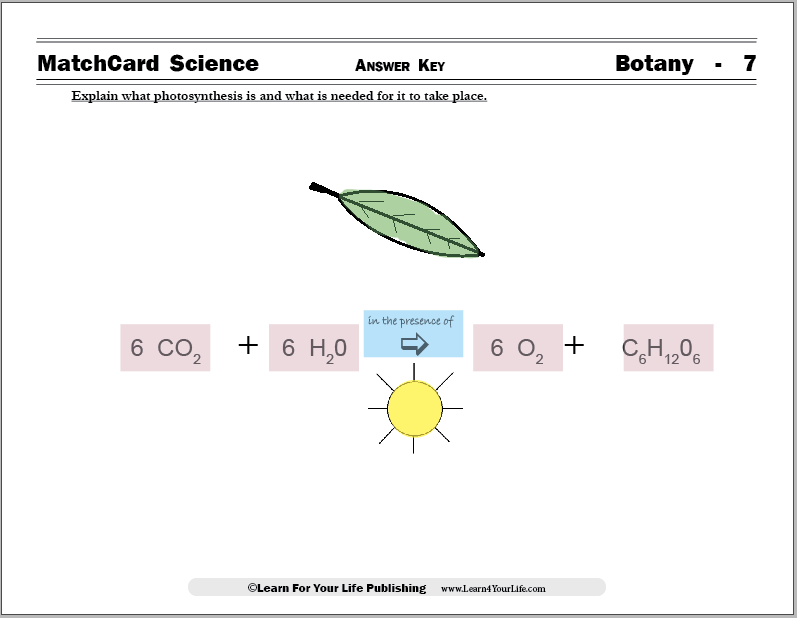
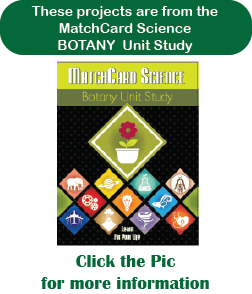
Print the Photosynthesis Worksheet


This is MatchCard #7 of the Botany Unit Study.
-
The 1st page is the photosynthesis workheet for the students.
The 2nd page provides correct answers for the instructor.
The 3rd page lists the information pieces for students to use on their MatchCard.
Photosynthesis Lesson and MatchCard for Kids
Objective: Explain what photosynthesis is and what is needed for it to take place.MatchCard: Download below.
Students will use the MatchCard Information Pieces to demonstrate how carbon dioxide and water are converted to oxygen and glucose in the presence of sunlight.
Use coins, tokens, or cereal pieces to construct molecules. Play the game and see how quick students can rearrange the atoms to mimic the process of photosynthesis.
What Is Photosynthesis?

What is Needed for Photosynthesis to Take Place
Photosynthesis requires:
- The plant will chloroplasts (note: they make the plants green)
- Sunlight (no sun, no photosynthesis)
- Carbon dioxide in the air (can't see it)
- Water (essential stuff for all organisms)
Make Your Molecules
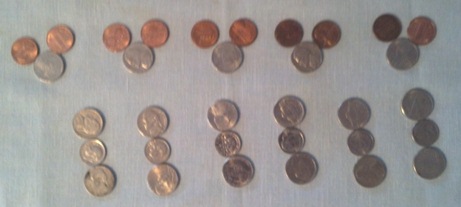
Water and Carbon Dioxide Molecules
- Penny - Hydrogen Atom (you need 12)
- Dime - Carbon Atom (you need 6)
- Nickle - Oxygen Atom (you need 18) Construct six carbon dioxide (CO2) and six water (H2O) molecules with the coins.
Sunlight Needed

If something is required for a chemical reaction to occur, it is written above the arrow between the starting and ending chemical forumlas. In this case, sunlight would is needed. The diagram of the sun should be added to the chemical equation to show it is needed.
On Your Mark, Get Set

The plants not only make oxygen, they make something else important for our survival. Let them take a few guesses what that might be.
Plants also make glucose (sugar.) Not just the sweet stuff we find in candy and cookies, but the important sugars that we need to eat for energy. Plants give us our most abundant nutrient as well as our oxygen.
Show the students how the atoms in the molecules are rearranged to produce one glucose (C6H12O2) and six oxygen (O2) molecules.
GO!
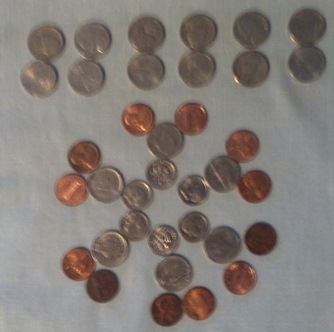
Glucose and Oxygen Molecules
With more than one student, you can make a game to see who can do it the fastest.
Photosynthesis Projects for Kids
Bubble Up
Ever watched the bubbles in soda? Plants will also produce "bubbles" of oxygen.Use pond weed or an underwater aquarium plant available at an aquarium shop. Put it in a narrow glass jar that is filled with water. A test tube will work well with small plants.
Now put the jar in sunlight. Watch the bubbles that form as the chloroplasts turn carbon dioxide into oxygen.
Science Fair Experiments
You can partially measure the rate of photosynthesis by counting the speed of bubbles (how many bubbles produced in 15 seconds.) If you have enough plants, you can put a balloon over the container to catch the oxygen and measure it by weight.Can you formulate an experiment to see if the rate of photosynthesis is altered by any of these factors?
- Sunlight vs. artificial light
- The temperature of the sunlight (hot, sunny day vs less sunny day)
- Source of water (pond, tap, rain)
- Different plants from a local pond or stream (Use a field guide to identify them.)
MatchCard Science
How To Use MatchCards

Download the FREE MatchCard Science Instructor's Guide and see how MatchCards can make building their science knowledge base fun.
Botany Unit Study
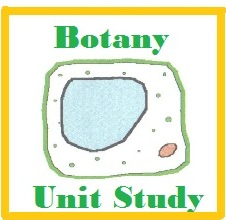
Check out our entire Botany Unit Study with 11 objectives.
12 Science Unit Studies

Chemistry is only one of twelve complete unit studies for kids in 3rd to 8th grade.
Comprehensive objectives, hands-on projects, suggested science fair experiments, and the fun game-like MatchCards keep them interested in learning science. See all twelve MatchCard Science Unit Studies.
About Our Site
Hands-On Learning













